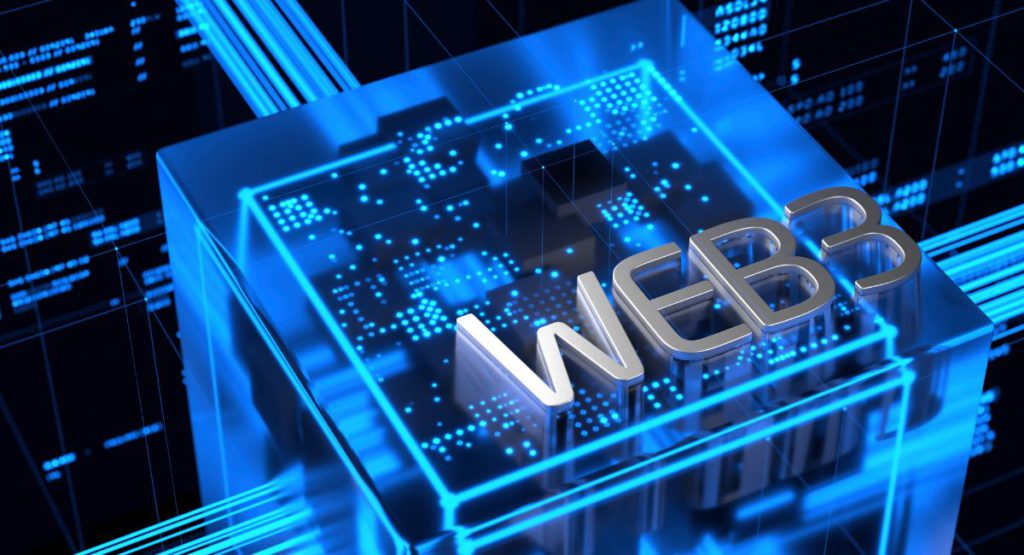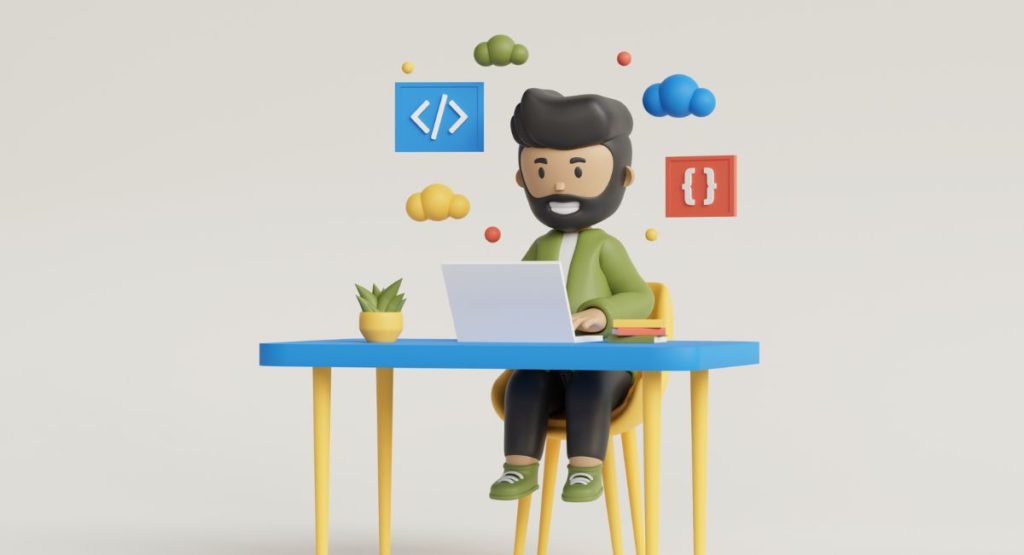Top 12 Steps To Follow To Build Your Own Game On Web3 Gaming Platform

In recent years, the landscape of gaming has undergone a transformative shift with the rise of Web3 and decentralized technologies. Traditional gaming paradigms are being challenged, making way for a new era where players have more ownership, developers have greater autonomy, and in-game assets can be truly owned. This article explores the exciting frontier of Web3 gaming platforms and provides a comprehensive guide on how you can embark on the journey of building your game in this decentralized landscape.
Understanding Web3 Gaming:

Web3 gaming refers to the integration of blockchain technology, decentralized finance (DeFi), and non-fungible tokens (NFTs) into gaming ecosystems. These technologies bring unprecedented transparency, security, and ownership to the gaming experience. In Web3 games, players can truly own their in-game assets as NFTs, trade them across platforms, and even participate in governance decisions.
Choosing the Right Platform:

Choosing the right Web3 gaming platform is a crucial decision that can significantly impact the success and development of your game. Here’s a detailed guide on how to select the platform that best aligns with your game’s requirements:
1. Ethereum:
Pros:
- Mature Ecosystem: Ethereum is one of the oldest and most established blockchain networks, offering a mature ecosystem with a wide range of developer tools and resources.
- Widespread Adoption: Ethereum has widespread adoption, making it easier for your game to reach a larger audience.
- Smart Contract Capabilities: Ethereum’s smart contract capabilities are robust, allowing for complex game mechanics and interactions.
Cons:
- Scalability Issues: Ethereum has faced scalability issues, leading to higher transaction fees and slower confirmation times during periods of high demand.
- Gas Fees: The cost of transactions (gas fees) can be relatively high on the Ethereum network.
2. Binance Smart Chain (BSC):
Pros:
- Low Transaction Fees: BSC is known for its low transaction fees, making it an attractive option for developers and players.
- Fast Confirmation Times: BSC offers faster block confirmation times compared to Ethereum, enhancing the overall gaming experience.
- Compatibility with Ethereum: BSC is compatible with the Ethereum Virtual Machine (EVM), making it easier to port Ethereum-based projects.
Cons:
- Centralization Concerns: BSC is considered more centralized than Ethereum, as it is managed by a smaller number of validators.
3. Flow:
Pros:
- Built for Gaming: Flow is specifically designed for gaming and entertainment applications, offering a developer-friendly environment for creating interactive and scalable experiences.
- NFT-Focused: Flow places a strong emphasis on NFTs, making it suitable for games that heavily involve non-fungible tokens.
- Cadence Smart Contract Language: Flow uses the Cadence smart contract language, which is designed to be secure and easy to understand.
Cons:
- Less Mature Ecosystem: Flow’s ecosystem is still developing compared to more established platforms like Ethereum.
4. Polygon:
Pros:
- Scalability Solutions: Polygon provides layer 2 scaling solutions for Ethereum, addressing scalability issues and reducing transaction fees.
- EVM Compatibility: Polygon is compatible with the Ethereum Virtual Machine, allowing for easy migration of Ethereum-based projects.
- Growing Ecosystem: Polygon’s ecosystem is expanding rapidly, with increasing developer support and a variety of applications.
Cons:
- Not Fully Decentralized: While providing scalability, Polygon is not as decentralized as Ethereum.
Considerations:
- Scalability: Evaluate the scalability of the platform to ensure it can handle the expected user base and transaction volume without compromising performance.
- Transaction Fees: Consider the cost of transactions on the platform, as high fees can impact the accessibility of your game.
- Developer Support: Assess the availability of developer tools, documentation, and community support to facilitate the development process.
- Interoperability: Explore the platform’s interoperability with other blockchain networks and technologies, as this can enhance the overall functionality of your game.
- Community and Adoption: Take into account the existing community and adoption of the platform, as a larger user base can contribute to the success of your game.
In conclusion, carefully weigh the pros and cons of each Web3 gaming platform in relation to your game’s specific needs. Consider factors such as scalability, transaction fees, developer support, and interoperability to make an informed decision that aligns with your development goals.
Also, read – Web3 Gaming And Content Creation: NFTs And The Creator Economy
Step-by-Step Guide to Building Your Game on Web3 Gaming Platforms

Step 1: Define Your Game Concept and Mechanics Start by clearly defining your game concept and mechanics. Understand how blockchain and Web3 technologies can enhance or transform traditional gaming elements. Consider aspects like in-game assets, ownership, and player interactions, keeping in mind the decentralized nature of Web3 gaming.
Step 2: Choose the Right Web3 Gaming Platform Select a Web3 gaming platform that aligns with your game’s requirements. Ethereum, Binance Smart Chain, Flow, and Polygon are popular choices. Consider factors such as scalability, transaction fees, developer support, and interoperability with other platforms.
Step 3: Set Up Development Environment Set up your development environment by installing the necessary tools and frameworks. For Ethereum-based games, use tools like Truffle or Hardhat for smart contract development. Ensure you have a reliable Integrated Development Environment (IDE) for coding.
Step 4: Design Smart Contracts Smart contracts are the backbone of Web3 gaming. Design smart contracts to handle key aspects such as asset ownership, transactions, rewards, and game logic. Use Solidity or the appropriate language for your chosen blockchain. Implement functionalities for minting, transferring, and interacting with in-game assets as NFTs.
Step 5: Implement NFTs and Digital Ownership Create and mint NFTs representing in-game assets. Define the attributes and characteristics of each NFT, ensuring uniqueness. Integrate these NFTs into the game, allowing players to own, trade, and interact with them on the blockchain. Consider using existing standards like ERC-721 or ERC-1155 for compatibility.
Step 6: Integrate Blockchain Wallets Implement blockchain wallets to allow players to interact with the game using their cryptocurrency wallets. Integrate popular wallets like MetaMask for Ethereum-based games. This step ensures secure transactions, ownership verification, and a seamless connection between the game and the blockchain.
Step 7: Develop Game Frontend and Backend Build the frontend and backend of your game, incorporating Web3 elements. Design user interfaces that seamlessly connect with blockchain data and display in-game assets owned by players. Implement backend functionalities to handle blockchain interactions, user authentication, and game logic.
Step 8: Explore DeFi Integration Consider integrating decentralized finance (DeFi) elements into your game. Explore concepts like staking, yield farming, or liquidity pools to provide financial incentives for players. Design economic systems that leverage DeFi protocols to enhance the overall gaming experience.
Step 9: Implement Community Governance Integrate community governance mechanisms using decentralized autonomous organizations (DAOs). Allow players to have a voice in the development process, voting on updates, changes, and in-game decisions. Foster a strong sense of community engagement.
Step 10: Test and Deploy Thoroughly test your game in a staging environment, addressing any bugs or issues. Once satisfied with the testing results, deploy your game on the chosen Web3 gaming platform. Ensure proper documentation for players and developers, making it easy for users to understand the Web3 aspects of the game.
Step 11: Community Outreach and Marketing Engage with the gaming and blockchain communities to promote your Web3 game. Leverage social media, gaming forums, and blockchain-related channels to create awareness. Consider hosting events, airdrops, or partnerships to attract players and build a vibrant community around your game.
Step 12: Iterate and Upgrade Continuously gather feedback from players and the community. Iterate on your game based on this feedback, addressing any issues and introducing new features. Stay updated on advancements in Web3 technologies and upgrade your game accordingly to ensure its long-term success.
Building a game on Web3 gaming platforms is an exciting journey that requires a combination of game development skills and a deep understanding of blockchain technology. By following these steps, you can create a decentralized gaming experience that captivates players and embraces the principles of the Web3 revolution.
GM ☀️ Web3 is a new META-system
Yesterday, speaking with @Just_Jibon , I got this reflection:
– Web3 is about people.
– Gaming is about Gamers.
– Community is about members.
Their interactions generate the economy. The platforms should understand that, I think. pic.twitter.com/cPIolj1nII
— Manu | 🥥 (@ManuAF6) November 30, 2023
Conclusion:

Building a game on Web3 gaming platforms opens up a world of possibilities, where players become stakeholders, assets have real-world value, and the gaming experience is truly decentralized. Embrace the principles of blockchain technology, create innovative game mechanics, and foster a strong community to set your project on a path to success in the exciting realm of Web3 gaming.
FAQs about the web3 gaming platforms
Q: What are the new Web3 gaming projects?
A: Exciting new Web3 gaming projects are emerging, integrating blockchain technology for decentralized and player-centric experiences. Keep an eye out for innovations like decentralized finance (DeFi) integration, play-to-earn models, and unique NFT-based assets in games.
Q: What are the different types of Web3 games?
A: Web3 games come in various forms, including decentralized autonomous organization (DAO) games, blockchain-based strategy games, play-to-earn games where players can earn cryptocurrency, and games utilizing non-fungible tokens (NFTs) for unique in-game assets.
Q: How big is the Web3 gaming market?
A: The Web3 gaming market is experiencing significant growth, driven by the increasing popularity of blockchain technology. While specific figures may vary, it’s evident that the intersection of gaming and decentralized technologies is shaping a substantial and evolving market.
Q: Is Web3 gaming the future?
A: Web3 gaming holds immense potential and is often considered the future of gaming. The integration of blockchain, NFTs, and decentralized systems offers unique benefits like true ownership of in-game assets, transparent economies, and play-to-earn models, making it a promising direction for the gaming industry.



























































